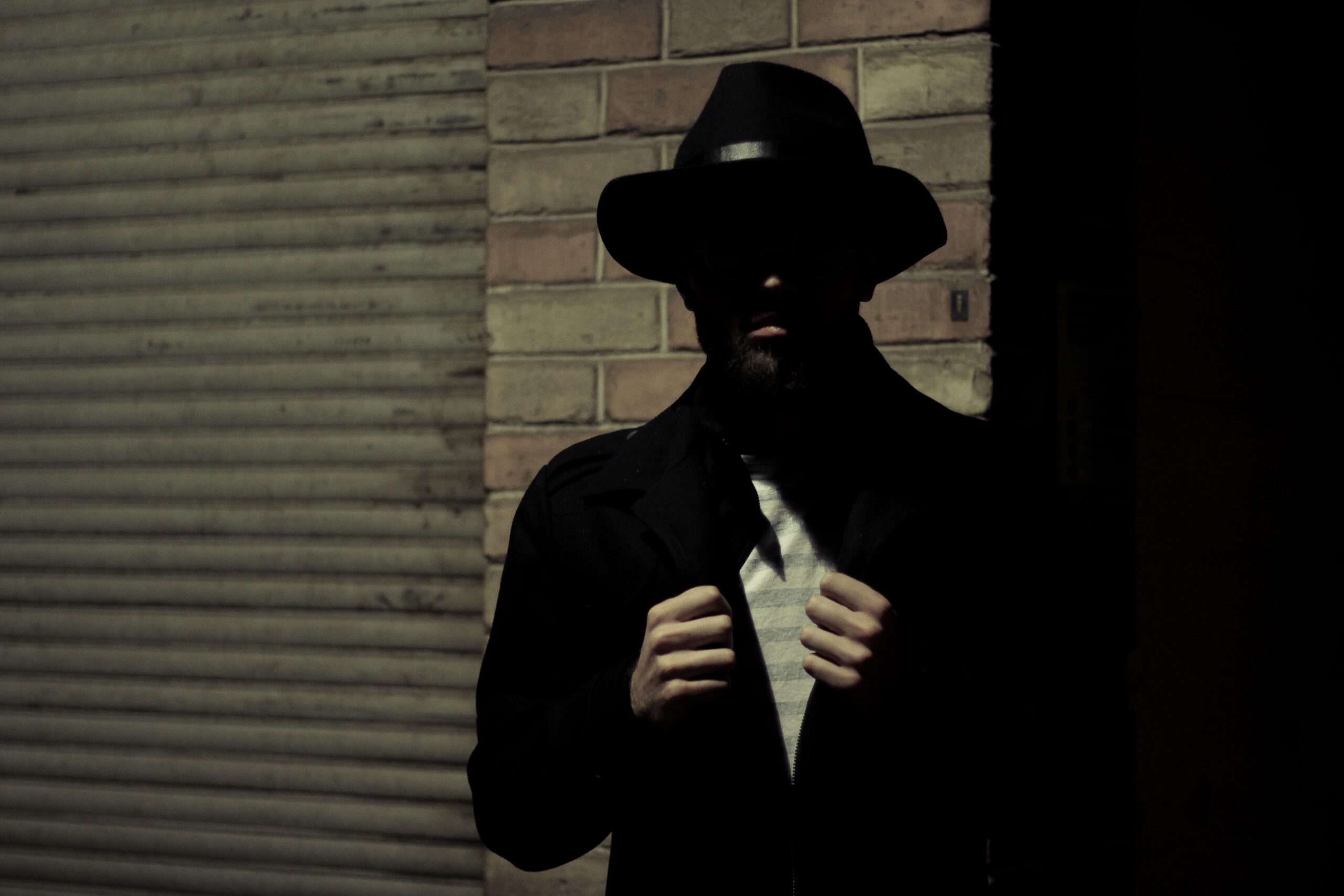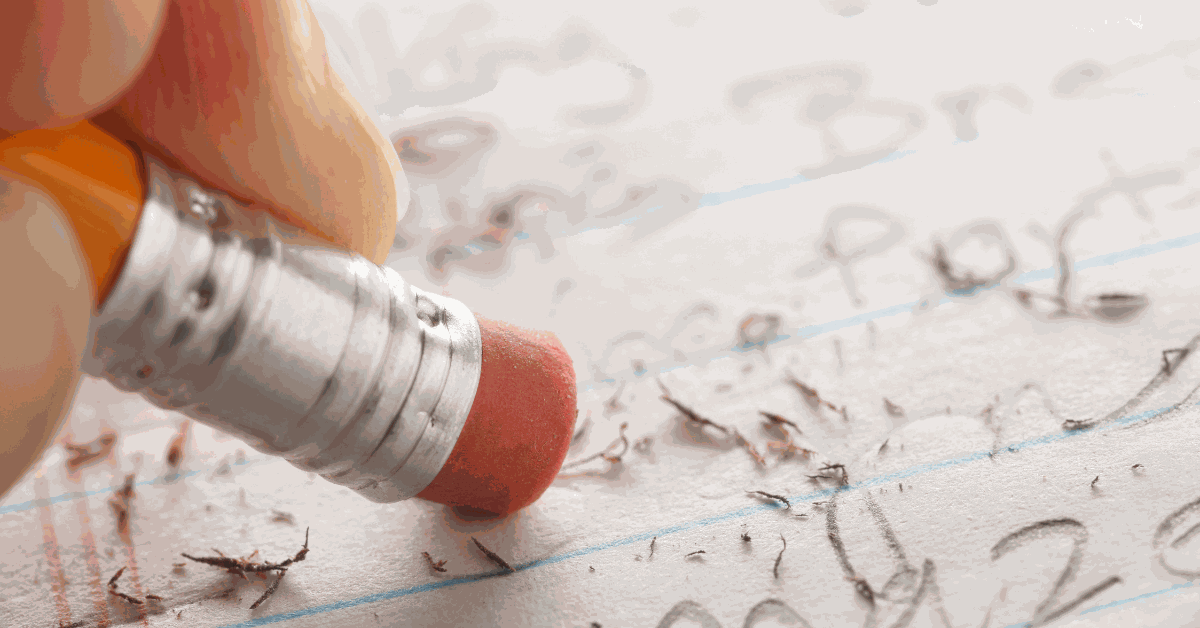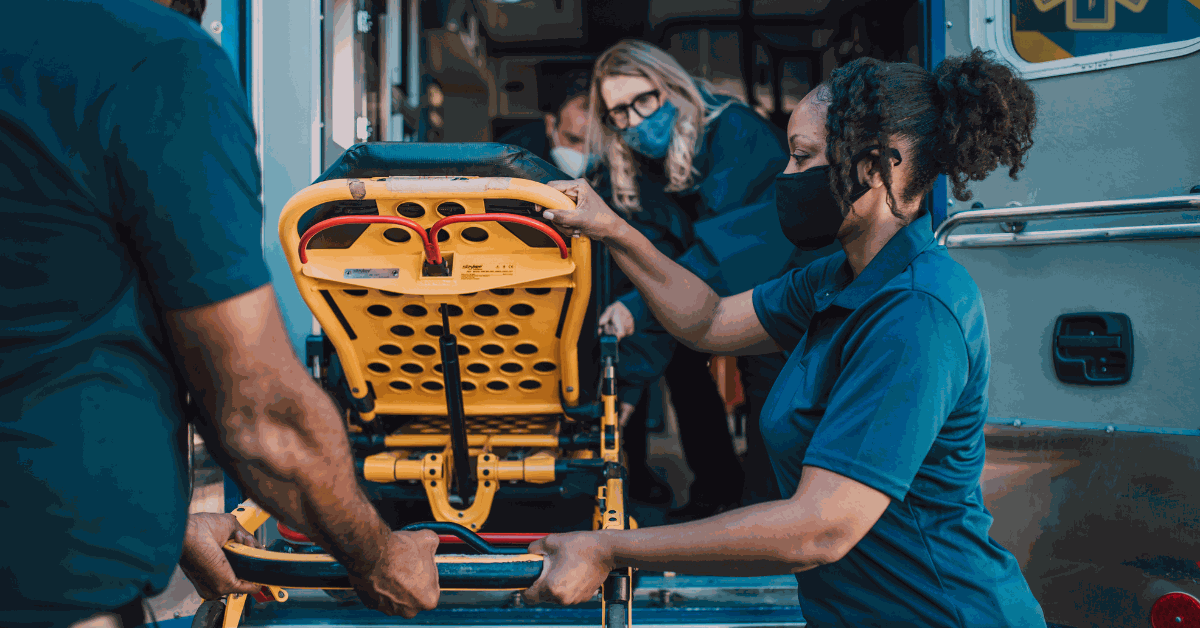The “stealth juror” is an individual who professes neutrality while concealing bias. From the standpoint of trial counsel representing a client with a negative reputation, the stealth juror attempts to “fly in under the radar” during voir dire. There are several reasons why a biased juror may want to appear neutral, the most significant and obvious is a covert desire to punish one of the parties to a lawsuit.
The juror might not even be aware of a personal prejudice with respect to an issue until it is raised in arguments during the trial. For example, a juror’s relative may have been injured years earlier in an accident that is similar to the one that gave rise to the suit at hand but may not have recalled it until observing the trial proceedings from the juror’s box. Whether intentionally or unwittingly, a biased juror can sabotage even the most polished and persuasive presentations.
In “The Runaway Jury,” John Grisham’s best-selling novel, the central character devises and carries out a scheme to get himself placed on the jury in a multimillion-dollar tobacco lawsuit and then extracts huge payments from the tobacco industry in exchange for wielding influence on the panel. To be sure, this is an extreme depiction of a stealth juror. In reality, however, jurors who distort the truth to avoid being excused during voir dire are not uncommon. From the Dalkon Shield cases in the early 1980s to the Agent Orange cases to even more recent examples, several prospective jurors have attempted to conceal extremely strong biases. Because their prejudices are not overt, these jurors generally cannot be excused for cause, and thus become the highest priority for preemptory strikes.
A stealth juror most often is uncovered, if at all, in one of two ways. First, post-trial interviews of jurors sometimes reveal that one of them “forgot” to disclose an important source of bias during voir dire. For example, following a sexual harassment trial involving a law firm, one of the jurors admitted that his wife had been a party to a sexual harassment class action. Second, a less adept stealth juror, after repeatedly denying bias, ultimately may concede its existence under unrelenting pressure from a skilled interrogator during prolonged voir dire. In this instance, the admission warrants a dismissal for cause. Nonetheless, such a revelation raises concerns of whether the juror would have survived voir dire if he or she had been more clever, if the attorney conducting voir dire had been less skillful or persistent, or if the judge had limited voir dire. In a worse-case scenario, counsel will fail to detect and excuse an intractable, persuasive juror who can sway the panel during deliberations. Detection and a preemptory strike, of course, would be the best possible outcome.
Specific methods for detecting a stealth juror are based primarily on more generally applicable methods for establishing juror profiles. For the most part, stealth juror identification is accomplished with rigorously designed survey work and the use of a juror questionnaire derived from that research. Well-planned research aids greatly in detecting jurors who will form biased opinions quickly after opening statements, as well as those who intentionally mask their bias during voir dire. There are three principle methods for detecting stealth jurors: analyzing nonverbal behavior associated with deception; identifying discrepancies between written questionnaire responses and oral voir dire responses; and determining bias indirectly by uncovering “correlates” of bias.
The Eyes Have It
A growing body of social science research focuses specifically on the issue of deceptive communication, one aspect of which is nonverbal behavior, or “body language,” of lying. Relevant indicators in this area include blinking, higher speech tone or pitch, faster speech rate, changes in eye contact and postural cues, and delays in answering, known as “response latency.” Such indicators may be difficult to interpret accurately, however, without knowing an individual’s normal, idiosyncratic behavior patterns. For example, failure to maintain eye contact – the old wives tale method of lie detection – is actually a weak indicator of lying, because the characteristic level of eye contact varies widely among individuals. Deception cannot reliably be inferred from a potential juror’s degree of eye contact unless his or her typical behavior is known. As an index, blinking is much more reliable.
Another key indicator is what experts in deceptive communications call adapters – unusual body movements designed to vent or relieve stress, such as rubbing hands together or running them through the hair, tapping fingers on the hand or knee, or adjusting clothes. Some social psychologists1 assert that people exercise considerably greater control over facial expressions than they do over peripheral parts of the body, and thus when they lie, stress “leaks” to the hands and feet in the form of such repetitive body movements.
Stress, however, is not exclusively a byproduct of lying; it is also a common, natural response to the high-pressure environment of a courtroom. Film and television depictions notwithstanding, the average potential juror is unaccustomed to this setting, and the voir dire process is likely to be his or her first exposure to it. Being placed in such an alien environment generates a certain level of arousal among jurors and deceptive communication only enhances this already stimulated state. As a result, adapters deserve attention as promising indicators of misrepresentations during voir dire.
Speak No Evil
Discrepancies between written questionnaire and oral voir dire responses also may be telling2. Prospective jurors are more candid in written answers which have an anonymous quality, than in open-court questioning. Juror’s commonly offer extemporaneous comments and verbal qualifiers in written responses, but tend to self-censor in voir dire, when – with attorney, fellow jurors and perhaps a judge bearing down on them – they fear they may be held accountable for, or suffer negative repercussions from, their responses.
Social psychological studies are replete with findings supporting the conclusion that written questionnaires afford more intimate, candid, and uncensored reflections of jurors’ attitudes and opinions than do statements made in open court3. Such research strongly suggests that statements made in public are associated with a greater degree of personal accountability than are other forms of communication. Still other research4 reveals that people are less likely to divulge negative or critical opinions when in the presence of individuals who possess a high degree of power or status. An attorney who represents a high-profile corporate client – to whom the disclosure of such opinions is most critical – is perceived as just that sort of status figure. Consequently, such an attorney is ill-advised to rely exclusively on oral voir dire as the principal indicator of a juror’s disposition.
References
1. See, e.g. P. Eckman and W.V. Friesen, “Detecting Deception From the Body or Face,” .I. of Personality and Social Psychology Vol. 29.3 (March, 1974) at 288-298. G.R. Miller and J.B. Stiff, Deceptive Communication (1993).
2. Whether a written juror questionnaire is desirable is a separate issue. The bench and trial counsel may fundamentally disagree on this question and their views may well depend on the particular circumstances of the case, as well as other factors. This discussion assumes the use of a questionnaire.
3. K.D. Kelly, Methods of Social Research (1978) at 135, 159.
4. S. Petronio, “Communication boundary management: A theoretical model of managing disclosure of private information between marital couples.” Communication Theory 1 (1991) at 311-335.
5. The possibility that the respondent may be able to guess the study’s purpose by the time it is completed is not particularly deleterious because the objective is merely to avoid pre-sensitized answers.
Be confident in achieving superior litigation outcomes. CSI has the expertise, track record, and capabilities to help you win.



